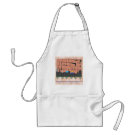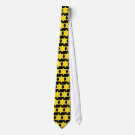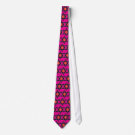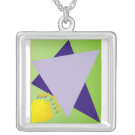The Holiday of Matzot
G-d's name for the holiday we call "Passover" (Pesah) is Hag HaMatzot -- the Holiday of Matzas (because the Matza represents our trust in G-d because the Children of Israel left Egypt without letting their dough rise) and we call it "Passover" because G-d passed over our houses when sending the plagues on Egypt.
From Slavery to Nationhood
Plagues and Mirrors
The story of Passover really starts with G-d telling Avraham (Abraham -- who was born in the year 1948 from the creation of the world or about 1812 BCE -- Before the Common Era) in the Brit bein haBetarim (the covenant of the pieces) that his descendants would be strangers in a land that wasn't theirs. Avraham's grandson Yaakov (Jacob) had 4 wives -- Rahael and Lea and their maidservants, Bilha and Zilpa. Between them, they had 12 sons. Yaakov loved Yoseph (Joseph) more than his other sons and gave him a striped coat. The other brothers were jealous and plotted to kill Yoseph. When he came to the field to tell them something their father had asked him to tell them, they attacked him and threw him into a pit.
The brothers then sold him to Yishmaelites who sold him in Egypt. Through a series of events, including his "master's" wife trying to seduce him, being thrown in jail by his "master" (Potifar), his interpreting dreams first for two of Pharaoh's servants then, two years later, for Pharaoh himself, Yoseph rose from lowly slave to second only to Pharaoh in the Egyptian hierarchy.
When famine struck Canaan, where Yaakov and his family lived, they were forced to come to Egypt for food (because of Yoseph's interpretation of Pharaoh's dream, Egypt knew to store up on food for the coming famine) and, after several tests to see if they had matured enough to accept him, Yoseph revealed himself to his brothers and the entire family, 70 souls, moved down to Egypt.
Eventually, the Children of Israel (another name of Yaakov) multiplied and the new King of Egypt (also called "Pharaoh") was concerned that they would join Egypt's enemy in time of war, so he plotted with his advisers to trick them into slavery. The Children of Israel spent 210 years in slavery. In those 210 years, they suffered mightily under the whips of the Egyptians. 130 years after Yaakov and his family came to Egypt, a baby was born to Amram and his wife Yocheved.
Yocheved was the daughter of Yaakov's son Levi and Amram was Levi's grandson. They already had two children, a 6 year old daughter Miriam and a 3 year old son Aharon. Then Pharaoh decreed that all the sons born to the children of Israel should be thrown in the Nile river and drowned. So Amram separated from his wife because he didn't want to lose a child that way. Miriam convinced her father to return by saying to him, "Pharaoh decreed only on the boys; by staying away, you are decreeing on the girls too."
Amram returned and 6 months later a baby boy was born. Because he was premature, they were able to hide him in the Nile in a basket made of reeds. One morning, Batya, the daughter of Pharaoh, was bathing in the River when she found the baby and named him Moshe. She adopted him and Miriam, who was always keeping an eye on her baby brother, asked Batya if she wanted a wet nurse, so Batya hired Yocheved (the baby's own mother, unbeknown to Batya) to nurse the infant. Moshe grew up in the palace of the Pharaoh.
But one day, he saw and Egyptian overseer beating a Hebrew slave and he beat the overseer to death and buried him in the sand. He knew that he would be discovered one day, so he ran away. Eventually, he ran to Midyan where he met the daughters of Yitro (Jethro) the priest of Midyan. The women were shepherding their father's sheep and were being hassled by male shepherds. Moshe helped the daughters of Yitro and went home with them.
Moshe eventually married Tzippora, one of Yitro's daughters. He lived in Midyan and shepherded sheep for many years. One day, when Moshe was 80 years old, one of his little lambs got lost. Moshe sent the other shepherds home with the other sheep and, in the rain, climbed the nearby mountain looking for the lamb. He looked all night long and into the dark morning hours. Just as dawn arrived, Moshe found the lamb shivering from the cold and rain. Moshe picked the lamb up and put him under his coat. He climbed down the mountain, holding the lamb all the way. When he got down to the bottom of the mountain, he saw a burning bush. The bush was on fire, but it wasn't being consumed. Suddenly, Moshe heard a voice from the bush. It was G-d speaking to him. G-d told Moshe to go to Pharaoh and tell him to let the Children of Israel go. Moshe went and Pharaoh said, "no". So G-d sent 10 plagues against the Egyptians. After each plague, Moshe again asked Pharaoh to let the Children of Israel go and each time he refused.
These are the ten plagues:
- Blood -- the Nile River was turned into blood, but for the Children of Israel it remained water.
- Frogs -- there were frogs everywhere -- it started with one frog, but every time some hit a frog, it split in two and became two frogs.
- Lice -- there was an infestation of lice all over Egypt.
- Wild Animals -- they roamed the streets of Egypt.
- Cattle disease -- all the cattle started dying from disease, so they couldn't be eaten.
- Boils -- the Egyptians began breaking out in huge boils all over their bodies.
- Hail -- big hailstones with fire (the hail didn't melt and the water didn't put out the fire) fell on Egypt.
- Locust -- waves of locust infested the fields of the Egyptians.
- Darkness -- there were 9 days of total darkness, each 3 days was worse than the last 3 days with the darkness being so thick on the last 3 days that the Egyptians couldn't move. It was light for the Children of Israel.
- The plague of the first born -- All the first born sons of the Egyptians started dying.
Because Pharaoh was a first born son, he got very nervous at this last plague and told Moshe to take the Children of Israel out of Egypt. They left so quickly that their dough didn't have a chance to rise and it baked on their baked, making matzo instead of bread. The holiday of Pesah (Passover) marks the time when the Children of Israel became a nation. A few weeks later, they stood at Mount Sinai and received the Tora (the Laws) from G-d.

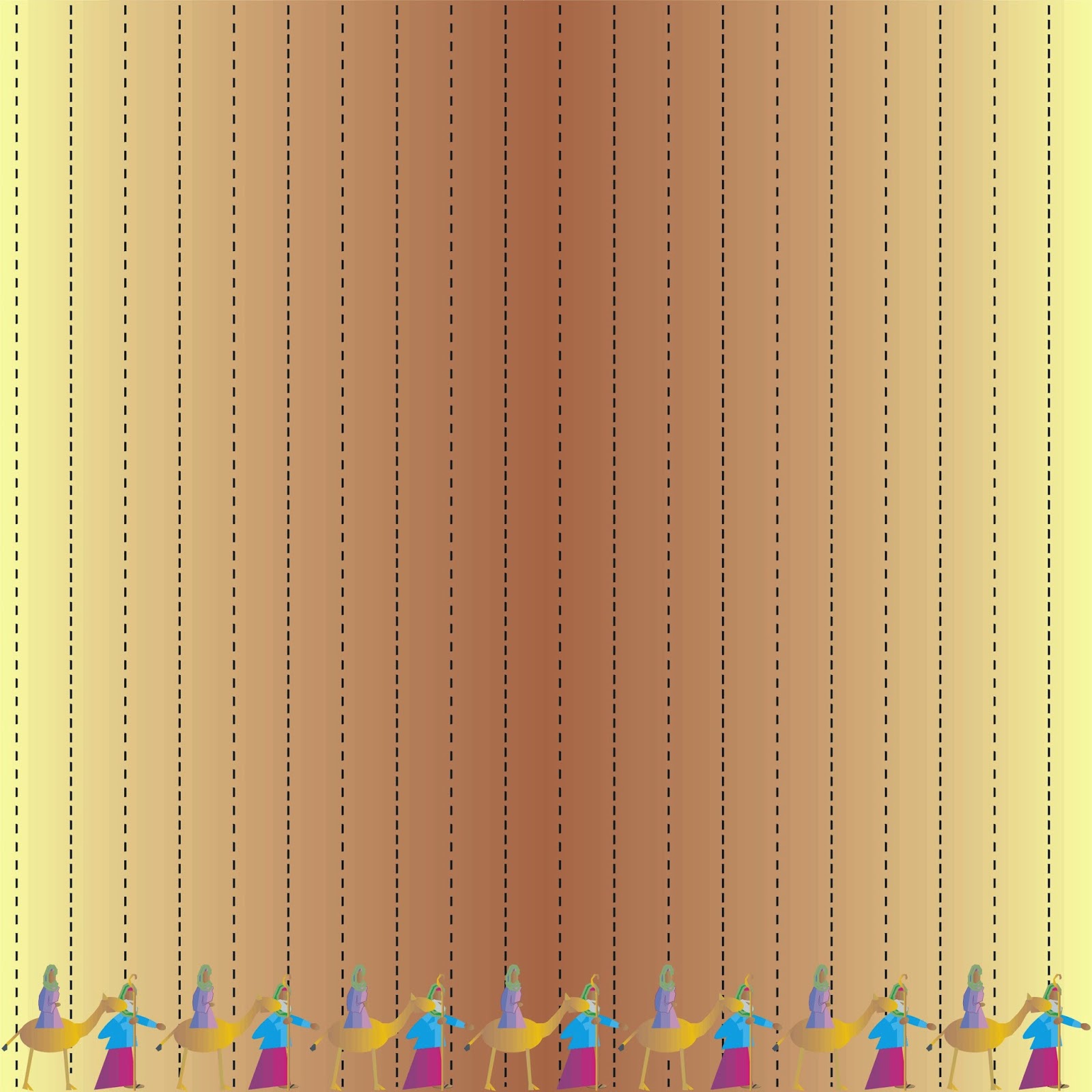












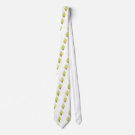

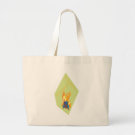

 The 25th day of the Month of Kislev marks the beginning of Hanuka.
The 25th day of the Month of Kislev marks the beginning of Hanuka.  Computer Graphics - The juxtaposition of the early 20th century phone with vinyl records from the 1950s and beyond reminds us of how far we've come in a few generations.
Computer Graphics - The juxtaposition of the early 20th century phone with vinyl records from the 1950s and beyond reminds us of how far we've come in a few generations. Computer Graphics - New York is one of the most exciting cities in the world. But, it does have a lot of Neon.
Computer Graphics - New York is one of the most exciting cities in the world. But, it does have a lot of Neon. Computer Graphics - Jerusalem is the confluence of three major world religions, all are represented in this piece.
Computer Graphics - Jerusalem is the confluence of three major world religions, all are represented in this piece. Computer Graphics - Four different patterns with rainbow pastel colors on a light purple background.
Computer Graphics - Four different patterns with rainbow pastel colors on a light purple background. Computer Graphics - Inspired by Film Noir, this piece, with strong colors on a black background, brings the art up to date
Computer Graphics - Inspired by Film Noir, this piece, with strong colors on a black background, brings the art up to date Computer Graphics - This graffiti inspired Love design with a vinyl effect is perfect for Valentine's Day
Computer Graphics - This graffiti inspired Love design with a vinyl effect is perfect for Valentine's Day Computer Graphics (Corel) - Flower Star on a blue background.
Computer Graphics (Corel) - Flower Star on a blue background. Computer Graphics (Corel) - In the Bible, in Genesis, G-d tells Abraham that He will bless Abraham's children and those who bless Abraham's Children with be blessed.
Computer Graphics (Corel) - In the Bible, in Genesis, G-d tells Abraham that He will bless Abraham's children and those who bless Abraham's Children with be blessed. Computer Graphics (Corel) - You'll stay healthier if you eat a good breakfast
Computer Graphics (Corel) - You'll stay healthier if you eat a good breakfast Computer Graphics (Corel) - The Western Wall is the only surviving part of the Second Temple. Jews pray there every day.
Computer Graphics (Corel) - The Western Wall is the only surviving part of the Second Temple. Jews pray there every day.





